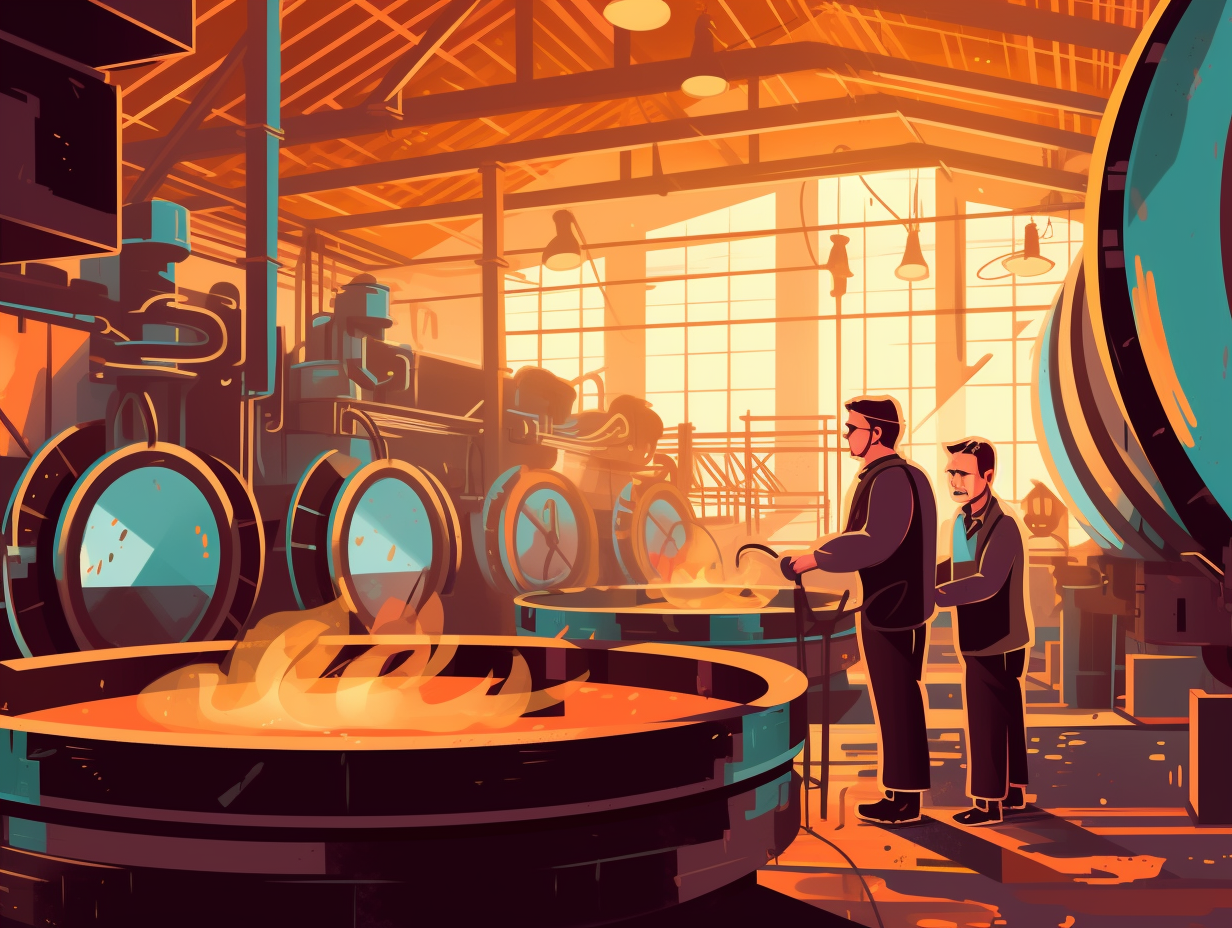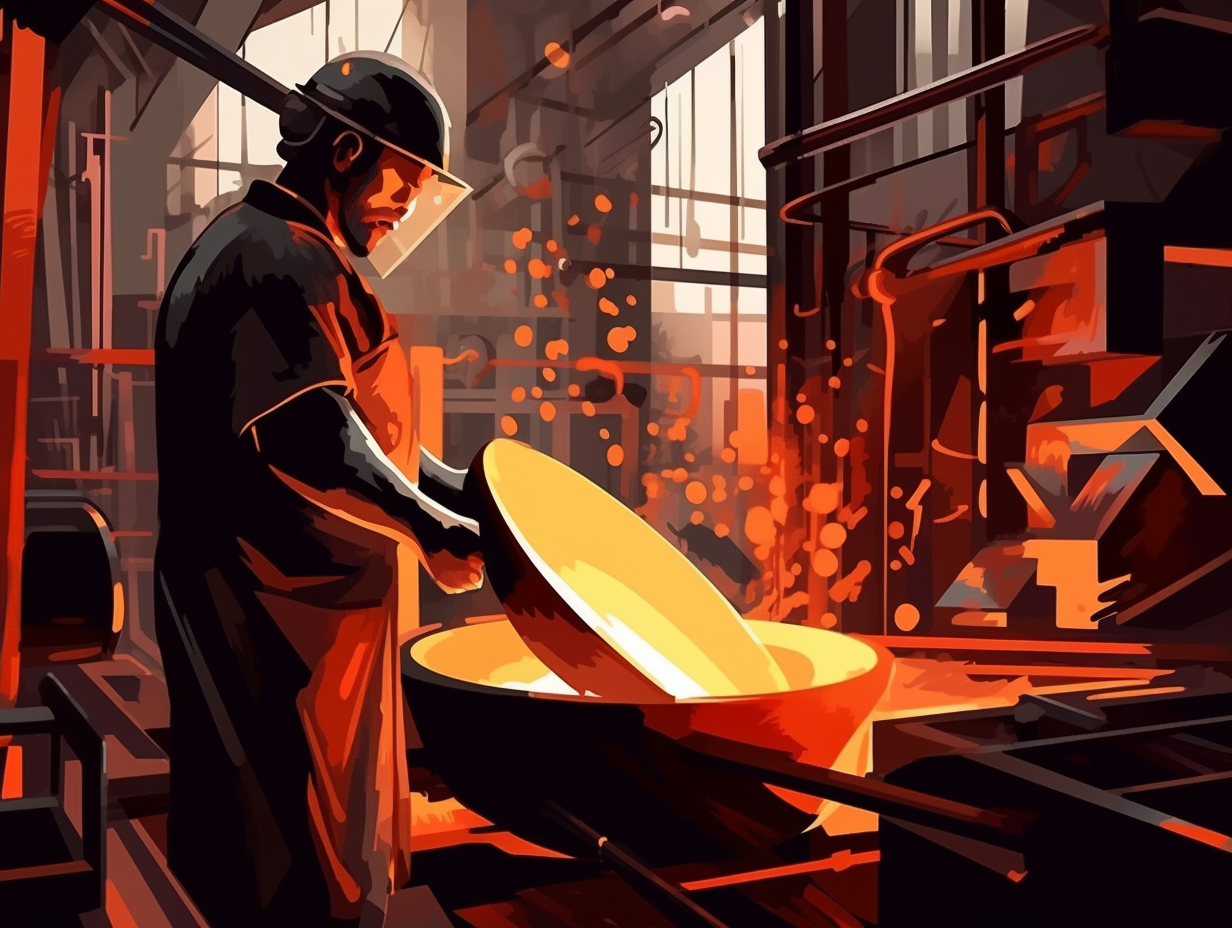9 Surprising and Entertaining Concrete Fun Facts You Never Knew!

1. Going Green with Concrete
Who said going green is only for superheroes and leaf-loving critters? It turns out our less-than-fabulous construction companion, concrete, is ready to join the eco-friendly bandwagon too: Green concrete, made from waste materials like fly ash and blast furnace slag, requires less energy for production and reduces carbon emissions, all while boasting increased durability and reduced permeability. And that's no laughing matter!
Source => specifyconcrete.org
2. 3D-Printed Concrete Bridges
Who needs concrete evidence when you can have a concrete bridge printed out of thin air? That's exactly what the clever clogs at Eindhoven University of Technology (TU/e) have accomplished: They've 3D-printed a bridge in the Netherlands that's ready to support the weight of hundreds of daily cyclists for at least three decades, spanning 8 meters in length and 3.5 meters in width. It's a win-win for the environment and the people, as the printer uses concrete only where necessary, reducing cement use and CO2 emissions in comparison to traditional techniques. Talk about building bridges to a greener future!
Source => tun.com

Did you know Romans created self-healing concrete using volcanic ash? Discover the secret behind their long-lasting structures!
=> Fun Facts about Construction
3. Lightweight Concrete: The Lighter Side
Feeling weighed down by the monotony of regular concrete? Fear not, for in the world of concrete, there's a lighter side too: Lightweight concrete, made with materials like pumice and perlite, not only serves as an insulator but can also be created using industrial waste, and is versatile enough to be used in load-bearing structures - How's that for some avant-garde wall-to-wall humor?
Source => greenhomebuilding.com
4. Durable Roman Concrete
Well, Rome wasn't built in a day, but it sure was built to last: Roman concrete, a genius mix of volcanic ash, lime, and seawater, forms a rare mineral called aluminum tobermorite over centuries, making it more durable than modern concrete, which can break down in just 50 years.
Source => science.org

5. Bat Houses: Concrete Sanctuaries
Who needs Batman when you've got...bat houses: lightweight concrete sanctuaries for our furry, flying friends, providing them with prime real estate to grab some shut-eye after a hard night's work annihilating pesky insects. Regular maintenance is key, shooing away wasps and maintaining perfect temperatures, ensuring the night-time vigilantes always come home to Gotham.
Source => nature.org
6. Building Pyramids with Concrete
When the ancient Egyptians said they had a "concrete" plan to build the pyramids, they really meant it: Imhotep, the architect behind the first pyramid, used a type of concrete made from fossil-shell limestone, kaolin clay, and natron, pouring it into molds on the pyramid sides instead of using natural limestone blocks. This genius technique was first suggested by chemist Henri Le Chatelier and later confirmed by materials science professor Michel Barsoum.
Source => linkedin.com
7. Changing Weights of Concrete
Did you hear about the concrete that was always changing its weight? Turns out it found the perfect mix for a heavy or light lifestyle: A cubic yard of concrete's weight can differ based on its ingredients and ratios, typically weighing around 4,050 pounds, or 150 pounds per cubic foot. Factors like the amount of water, stone, or cement in the mix can make it heavier or lighter, so consider the specific mix when doing the math!
Source => gambrick.com
8. Roman Concrete on the Rocks
Who needs a Volcano-Go-Boingo cocktail when you've got Roman concrete on the rocks? That's right, the ancient Romans were like mad mixologists when it came to cement: They combined pozzolanic ash from nearby volcanoes with hydrated lime to create a sturdy and water-resistant concrete. This clever concoction is what kept their architectural wonders, such as the Pantheon and Colosseum, standing tall all these millennia later. Cheers to their innovation!
Source => nabataea.net
9. Living Concrete: Nature and Construction United
When life gives you concrete, make it leaf-monade: Spanish researchers have created a living concrete that not only allows mosses and lichens to grow on its surface, but also absorbs atmospheric CO2, providing insulation and temperature regulation for the buildings it adorns.
Source => urbangardensweb.com
Related Fun Facts




















